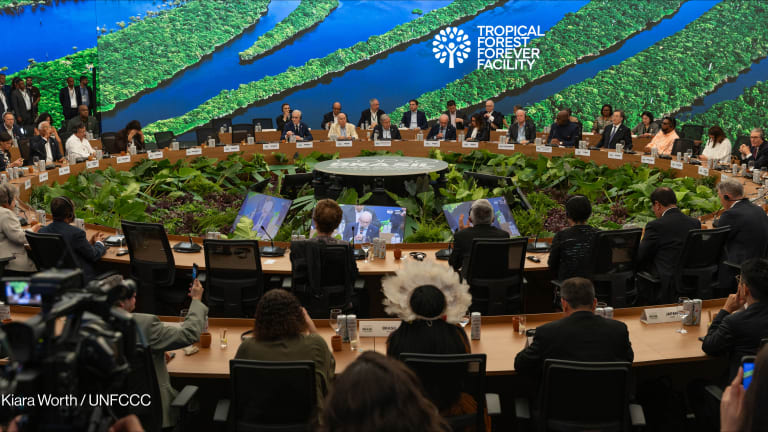June 5 marks World Environment Day. And this year, the focus in on small island developing states to commemorate the Barbados’ 20th anniversary of hosting the first Global Conference on Sustainable Development of Small Island Developing States.
“Small island nations share a common understanding that we need to set our planet on a sustainable path,” U.N. Secretary-General Ban Ki-moon said in a speech to celebrate the occasion. “This demands the engagement of all sectors of society in all countries.”
Many of these states are biologically rich, but their biodiversity is severely threatened by human activity. The Caribbean islands, in fact, rank among the so-called biodiversity hotspots, or regions that have at least 1,500 endemic plant species but have lost at least 70 percent of their original habitat.
According to the Organization for Economic Cooperation and Development, bilateral aid for biodiversity-related activities hit $6.1 billion per year on average — or 5 percent of total official development assistance — between 2010 and 2012. These activities are in areas such as general environment protection, agriculture, forestry, fishing and rural development as well as water supply and sanitation.
Here are the world’s 10 most threatened ecological regions “where success in conserving species can have an enormous impact in securing our global biodiversity,” according to Conservation International.
What are the ways that environmental organizations can protect biodiversity hotspots? Leave your comment below.








